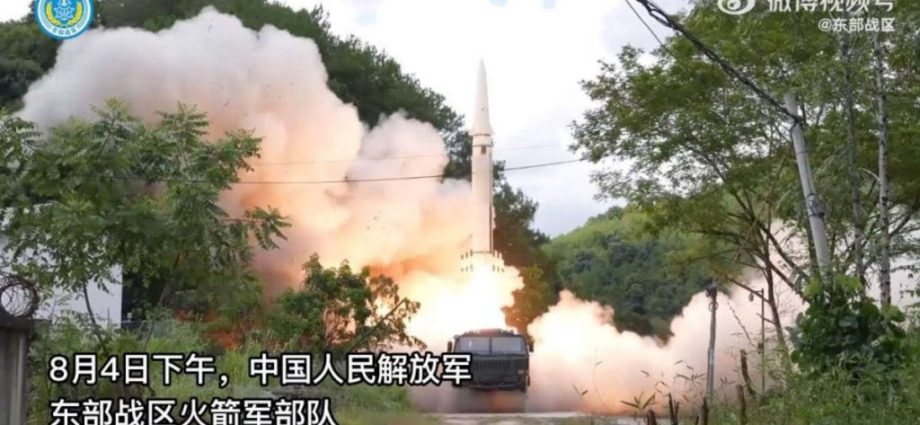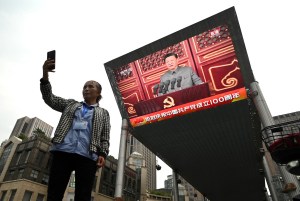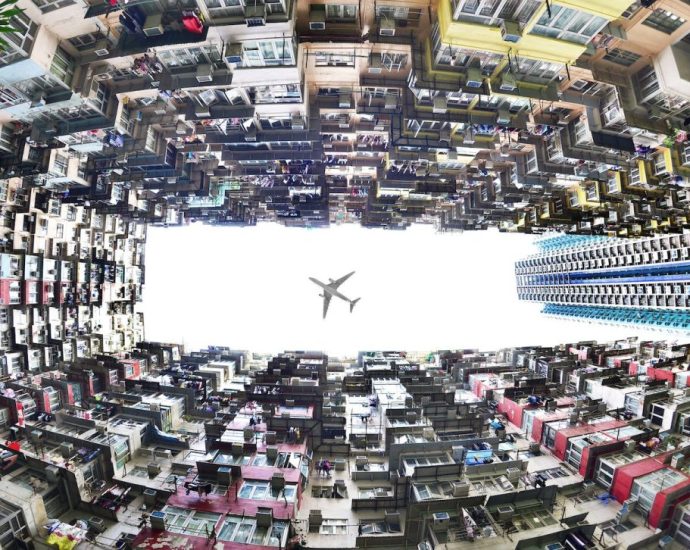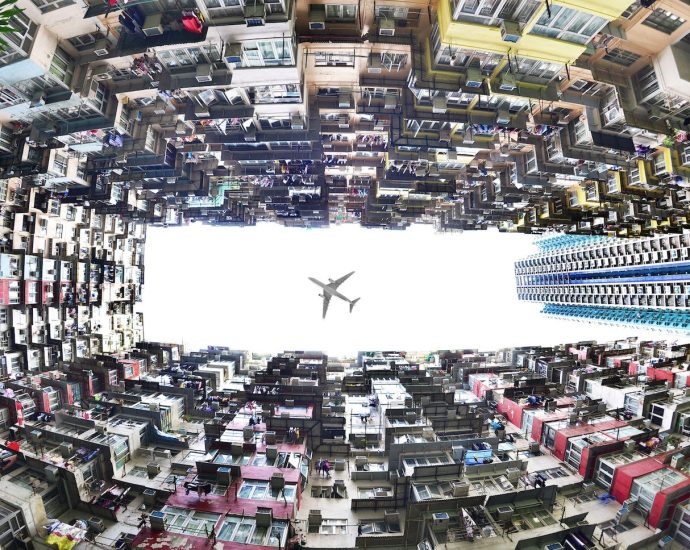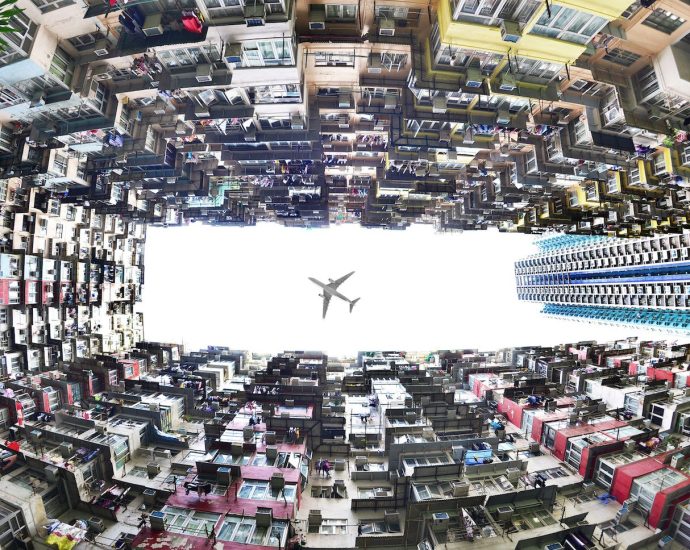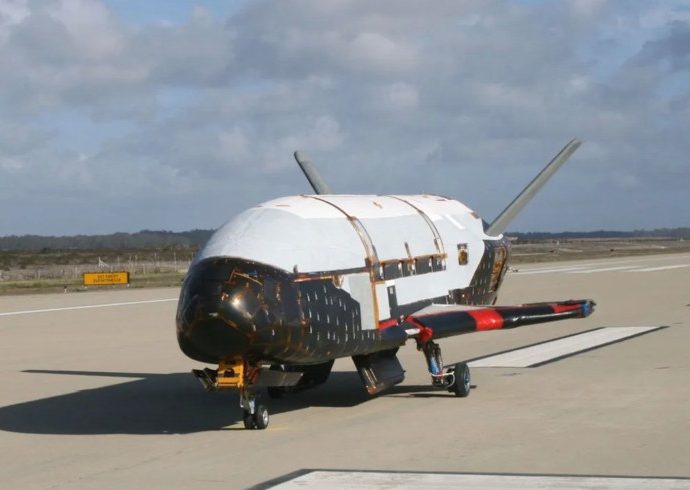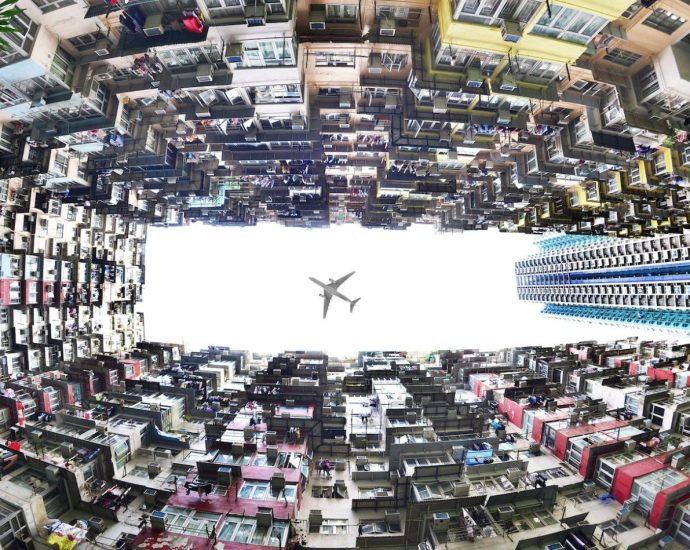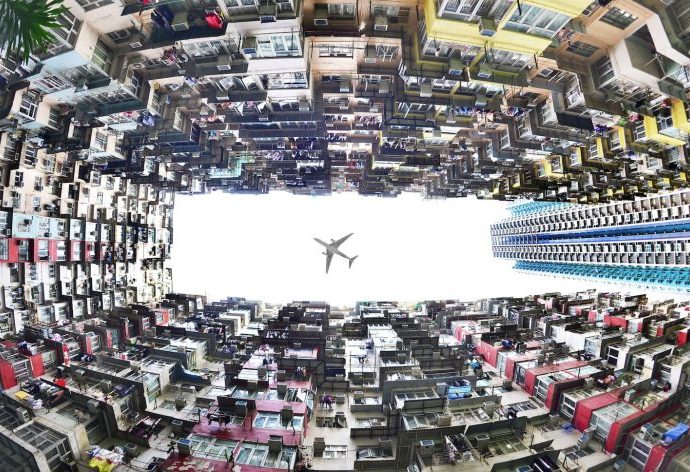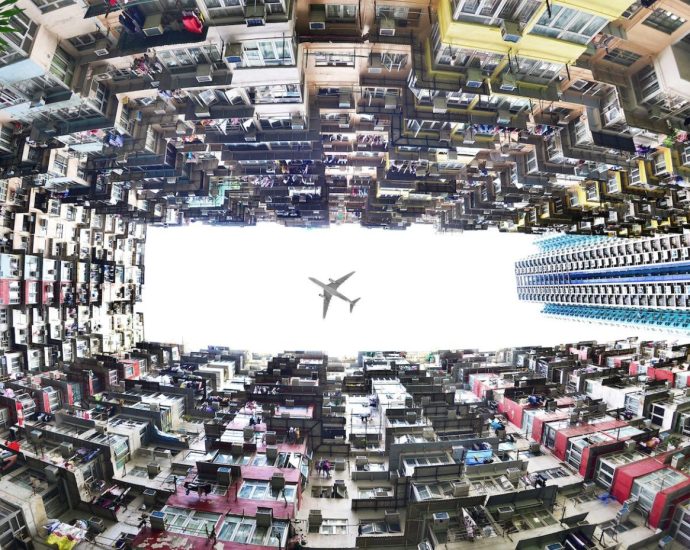Think China’s PLA is a paper tiger? Think again
I keep hearing these days that the Chinese People’s Liberation Army (PLA) is a “paper tiger,” and thus there’s no need to worry about an attack on Taiwan.
And anyway, I also keep hearing, the United States has plenty of time to get ready before the PLA is a real threat – rather than just a “near-peer competitor.”
The PLA’s problems? To name a few: no recent combat experience, corruption, too many “only children” in the ranks. The Chinese Navy can’t conduct combat operations in distant seas and is not able to master “amphibious operations” – supposedly the most complex and hardest of all military operations.
Even China’s leaders complain about “peace disease.” The PLA hasn’t fought a war for decades. And too many senior officers can’t manage the demands of modern high-tech warfare.
Maybe so. But in the last 30 years, the People’s Republic of China has pulled off the biggest, fastest military build-up seen anywhere since World War II. China’s defense budgets are much greater than the roughly US$220 billion it claims and possibly exceed US defense spending.
The PLA Navy is already larger than the US Navy and the gap will widen. China is launching five ships for every one the USN puts in the water. It has put more tonnage and missiles to sea as well.
Beijing lavishes similar attention upon its air force and ground forces and its cyber and electronic warfare. And its missile capabilities, including hypersonic weaponry, probably exceed US capabilities. Its nuclear weapons build-up has finally got even the China experts worried. They dismissed it for years.
‘Eyes wide open’
China knows its problems but it has clear objectives. Defeating US forces is objective number one. And it trains hard to achieve its goals. Its ships are not rust buckets. Nor do they collide with other ships or burn up pierside every so often.
Yes, the PLA would have a harder time attacking Des Moines, Iowa, but that’s not the point.
It’s true that Chinese conventional combat power – or “power projection” – drops off rapidly beyond, say, 1,000 miles from the Chinese border. But its land-based missiles easily range Guam and Hawaii. Plus, it is operating ships and aircraft more often and farther out into the Pacific and beyond.
China is setting up a network of ports and airfields to which it has access worldwide. And it is building more of the refueling ships and aircraft and long-range transports needed for global power projection – akin to what the Americans can do.
Play this out five or ten years and it is hard to be sanguine. And somehow, the “paper tiger” took de facto control of the South China Sea six or seven years ago.
The US Navy can transit the area – as can the US Air Force – and even conduct exercises. But it’s like the New York Police Department going through Times Square back in the bad old days before Mayor Giuliani cleaned things up. The cops controlled only the space they actually occupied, and when they left the “bad guys” filled in and took control.
Even now the PLA is shadowing (“escorting”) US ships and aircraft through the South China Sea.

It only has to be good once
Nothing to worry about? One of these days a US Navy destroyer skipper will have a dozen anti-ship missiles headed his way – at supersonic speed – and 12 seconds to respond. He might be forgiven for thinking the PLA is not a paper tiger and is more than just a “near-peer competitor.”
But here’s something to keep in mind when you consider the People’s Liberation Army: A military only has to be good enough to do a certain thing, at a certain place, at a certain time.
Recall the Falklands War in 1982. The British outclassed the Argentinians in nearly every respect. Argentine hardware was often obsolete and many of the troops were “draftees.”
Yet, the Argentines almost won. And they would have won if a few more 500-pound bombs and torpedoes detonated and sunk Royal Navy ships.
Britain also had the good fortune that Margaret Thatcher was prime minister. The Falklands are about 200 miles from the Argentine coast at the closest point. Taiwan is only 90 miles from the Chinese mainland.

China’s not going after Des Moines
If it’s just Taiwan you’re after – as opposed to Des Moines – it looks possible.
And an attack on Taiwan won’t just be an amphibious assault. It will also include massive and accurate missile barrages, total air and sea control, aggressive electronic warfare and cyber warfare. And internet and comms links will be cut. Fifth columnists will be causing chaos. And it will include threatening the US with nuclear war.
China has practiced and prepared for all of this – and for years.
Sure, Xi Jinping would rather get Taiwan by not fighting, but force is on the menu and Xi has said so. It’s comforting – but dangerous – to assume that Xi and the Chinese just aren’t good enough, or are too frightened, or are just bluffing – which is the most commonly held belief in DC and even in Taipei.
One detects the same sort of condescension as in 1950 when the experts – not least in General Douglas MacArthur‘s headquarters – insisted: “They (the PLA) will never come across the Yalu.”
But they did. And nobody has ever heard a Korean War veteran say he wanted to fight the Chinese again.
You’d think US Marines, of all people, would know better. This writer recalls them rolling their eyes circa 2016 at the idea that Chinese equivalents of US Marine and US Navy amphibious units (the MEU/ARGs) would be making the rounds in the Indo-Pacific before too long. Just not our equals, you know.
The Chinese navy is turning out amphibious ships at a rapid clip and could deploy two or three similar amphibious task forces if they wanted to.

As for the PLA’s lack of warfighting experience…
Proper training can also make up for that.
And don’t forget that the US military has fewer and fewer combat veterans. And none of them have experience in high-end warfare against a high-end opponent in a largely maritime domain. Fighting Iraqis and the Taliban is not the same the same thing as going against a modern opponent. Nor were those campaigns huge successes.
It also helps to recognize that China has been conducting non-kinetic warfare against the United States and the West for decades. Political warfare, economic warfare, propaganda, elite capture, cyberattacks, espionage, chemical (fentanyl) and biological warfare (Covid?) are part of China’s “unrestricted warfare.”
It is all intended to soften up the enemy and undermine his will and ability to resist. Kinetic warfare is only used if needed to finish things off.
But doesn’t the US have allies?
Yes, it does, and America’s allies are a huge benefit even if military capabilities are uneven and political interests are not always aligned.
But China also has allies: North Korea, Russia, Iran, Venezuela, Nicaragua, Cuba. And much of the Global South is at least sympathetic to the People’s Republic of China.
These may not be the most lovable countries, not always the best of friends – but together they can cause trouble for the United States and its partners.
And, for now, their strategic interests align.
The Japanese, who are regularly harassed and circumnavigated by Russian and Chinese planes and aircraft, can tell you that.
And recently the PRC, via Iran and its Hamas and Hezbollah proxies, got the United States and the US military wrapped around another Middle Eastern axle – at the expense of the Indo-Pacific.
The PLA has other things working in its favor:
The US won’t cut economic dependencies on the PRC, which include many required for defense production. And Wall Street and the American business class continue providing the Chinese Communist Party with a few hundred billions in convertible currency a year – effectively funding the country (and the military) that is looking to drive it out of the Indo-Pacific, for starters.
But back to the main point – don’t underestimate the Chinese or the People’s Liberation Army.

It’s not the first time America has underestimated an enemy:
“Saddam Hussein won’t attack Kuwait”
“Once we take Baghdad everything will be fine”
“Putin attack Ukraine? He won’t dare.”
“China doesn’t want a blue-water Navy.”
“The PRC just wants to do business and make money.”
Only Xi knows for sure
No one except Xi Jinping knows what he will do. But it’s best to prepare for the worst – and now.
And remember that a military just has to be good enough to do a certain thing at a certain time at a certain place.
Its government just has to be willing to absorb some economic punishment and political blowback.
If that’s the case, the PRC only has to pick its spots and its timing – and hope the United States keeps convincing itself that China wouldn’t dare attack.
Grant Newsham is a retired US Marine officer and former US diplomat. He is the author of the book When China Attacks: A Warning To America.
This article was first published by JAPAN Forward and is republished with permission.

